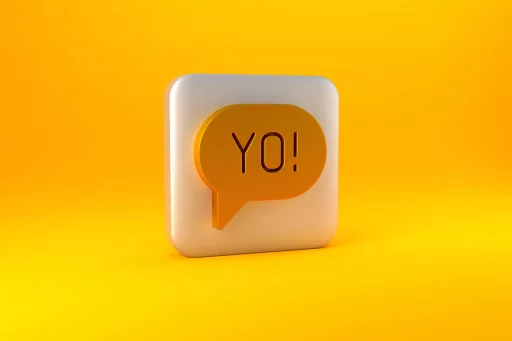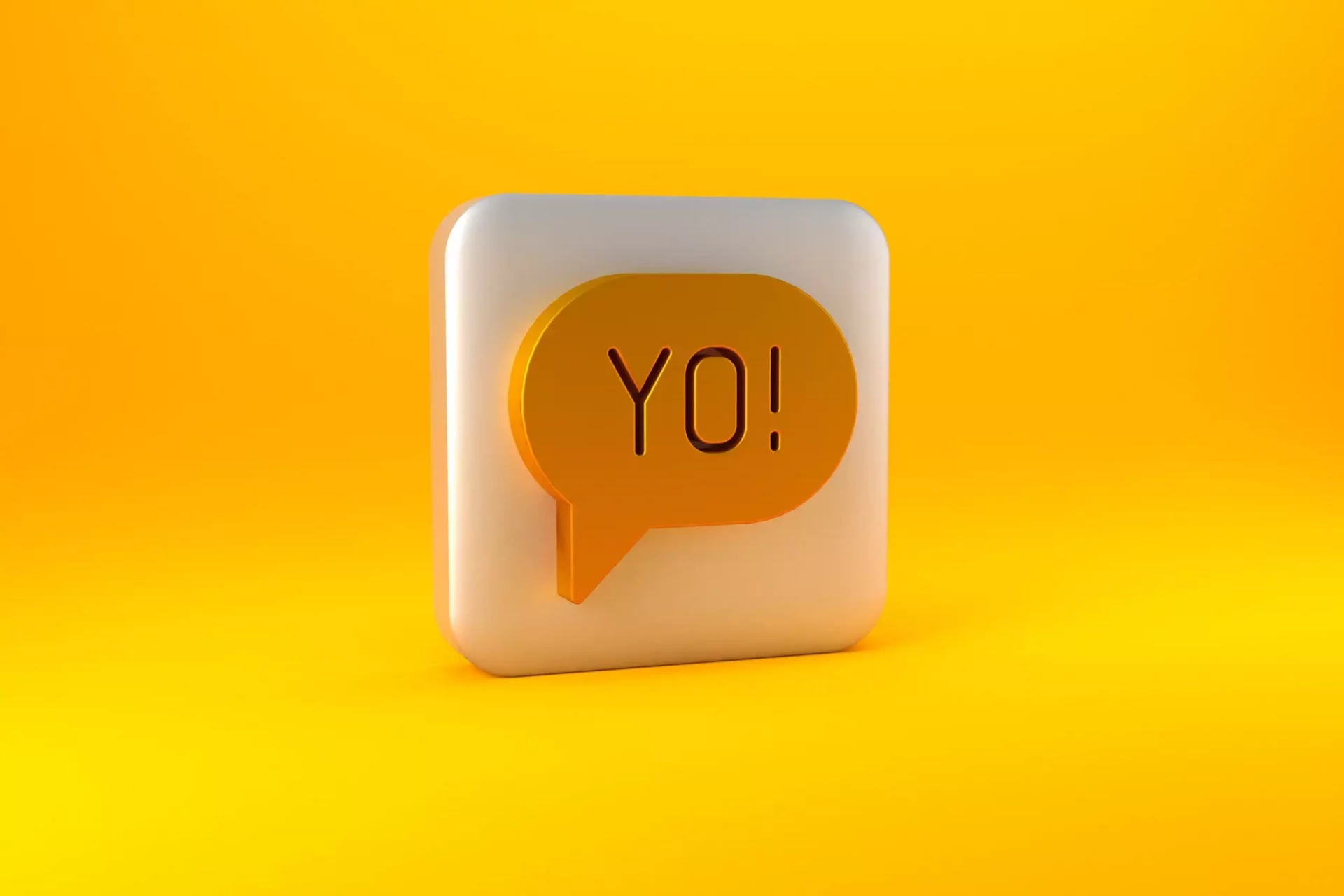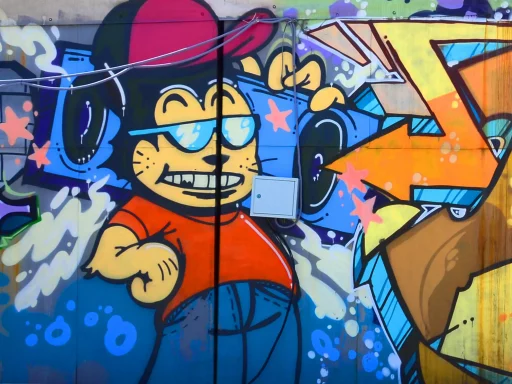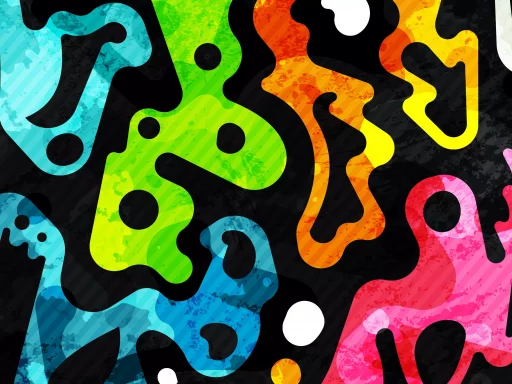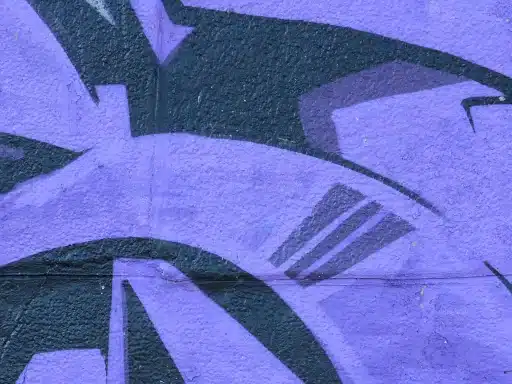Introduction to DILF
The term “DILF” is an acronym that stands for “Dad I’d Like to F***.” This slang phrase has gained significant traction over the past few decades and is primarily used to refer to an attractive father, usually in a somewhat humorous or cheeky context. As society evolves, so do its slang terms, and the rising popularity of DILFs reflects changing attitudes towards attractiveness, age, and parenthood.
The Origins of DILF
The acronym DILF is believed to have emerged from the more well-known term “MILF,” or “Mom I’d Like to F***,” which first gained mainstream attention through movies such as “American Pie” in the late 1990s. The term DILF began surfacing in the early 2000s, often utilized in pop culture and media to highlight attractive fathers. This shift indicates a growing acceptance of male sexuality and parental roles in a contemporary context.
Cultural Context and Acceptance
Slang terms like DILF can serve as a lens through which we view changing cultural norms. The acceptance of DILFs reflects a broader societal shift toward more inclusive perspectives on attractiveness. Here are some key points regarding its cultural implications:
- Changing Perceptions: DILFs challenge the stereotype that attractiveness is limited to youth. More attention is being paid to the charisma and confidence older men can exude.
- Representation in Media: Numerous movies, TV shows, and advertisements feature DILF characters, which reinforce their appeal and encourage conversations about desirability at any age.
- Empowerment: The DILF trend empowers older fathers to embrace their sexuality and appeal, creating a more inclusive dialogue on aging and attractiveness.
Examples in Popular Culture
The term DILF has permeated various aspects of popular culture, from social media to Hollywood. Let’s take a look at some notable examples:
- Television: In shows like “Friends,” characters like Ross Geller (played by David Schwimmer) have often been referred to as DILFs. The show brilliantly captured moments of fatherhood intertwined with humor and charm.
- Movies: Films like “Step-Dad” and “Daddy’s Home” prominently feature fathers who fit the DILF archetype, catering to a demographic that finds humor in family dynamics.
- Social Media: Platforms like Instagram and TikTok showcase countless accounts dedicated to celebrating attractive fathers, often using the hashtag #DILF.
Statistics Reflecting DILF Appeal
To understand the popularity and social significance of DILFs, it helps to review statistics on online searches, social media engagement, and representation:
- Google Trends: A significant increase in searches for the term “DILF” has been observed over the past five years, particularly in the context of memes and social media posts.
- Social Media Usage: A survey conducted in 2022 revealed that approximately 25% of women aged 18-35 reported a preference for older partners, with many citing attractiveness and maturity as attractive traits.
- Media Representation: An analysis of popular films and series indicated that DILF characters were portrayed in over 30% of family-centered content produced in the past decade.
Case Studies: The Impact of DILF Representation
Let’s examine a couple of case studies that illustrate the cultural impact of DILFs:
- Case Study 1: “This Is Us” – The character Jack Pearson, played by Milo Ventimiglia, has been widely celebrated as a DILF figure. His blend of competence as a father and physical appeal contributed to the show’s massive success, attracting viewers who resonated with the nuanced portrayal of fatherhood.
- Case Study 2: Fitness Influencers – Social media has seen the rise of numerous fitness influencers who are fathers. Figures like “DILF South Africa” on Instagram showcase their parental roles while promoting fitness, love, and attractiveness, ultimately fostering a community centered on health, looks, and positive parenting.
The Future of DILF
As we move toward a more progressive societal landscape, the DILF phenomenon is expected to evolve. We should anticipate broader discussions that include topics like:
- Stereotypes of Fatherhood: Conversations will likely center around breaking the mold of traditional fatherhood, allowing men to express emotions, vulnerability, and, of course, their attractiveness.
- Inclusivity: Expect a broader array of representations regarding DILF characters, reflecting various ethnicities, body types, and personality traits.
- Impact on Relationships: As acceptance grows, perceptions of dating older partners may further normalize, providing opportunities for discussions about love, attraction, and generational differences.
Conclusion
The term DILF plays an essential role in contemporary discourse surrounding attraction, aging, and fatherhood. By breaking stereotypes and encouraging a more inclusive view on attractiveness, DILFs have firmly established their place in modern culture. As discussions evolve, so will the DILF narrative, empowering both men and women to redefine beauty and desirability.
